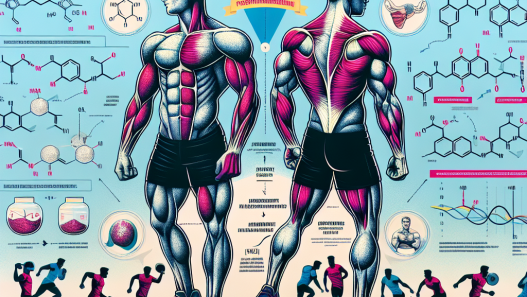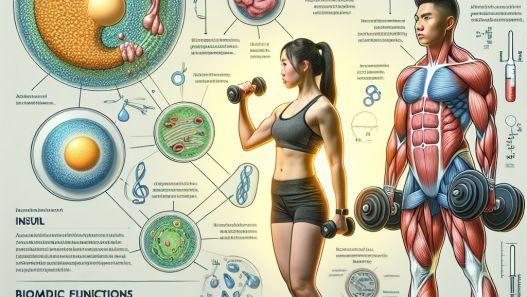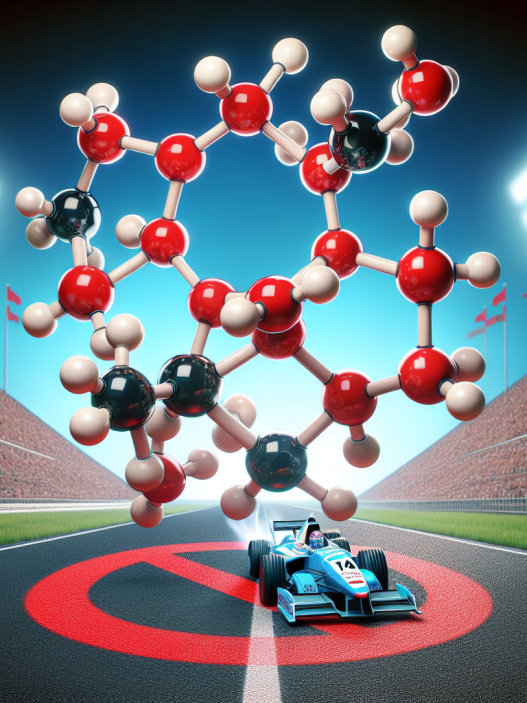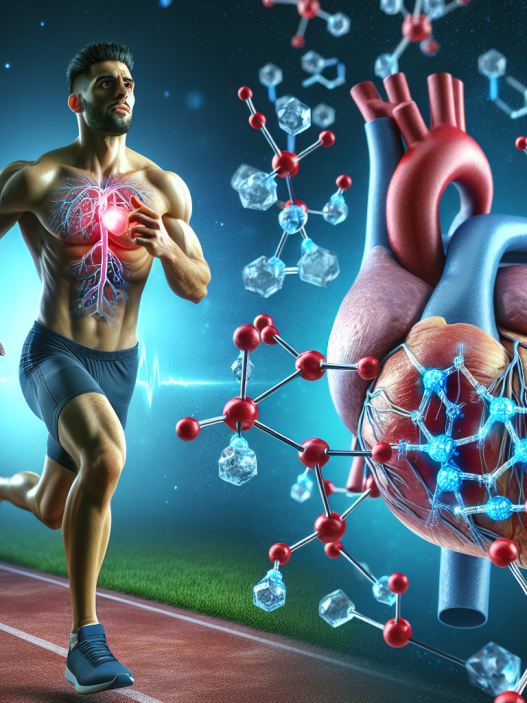-
Table of Contents
Exemestane and Sports: A Pharmacological Perspective
Sports and physical activity have numerous benefits for both physical and mental health. However, intense training and competition can also lead to injuries and inflammation, which can hinder an athlete’s performance and recovery. As a result, many athletes turn to pharmacological interventions to manage these issues and enhance their performance. One such intervention is the use of exemestane, a drug primarily used in the treatment of breast cancer. In recent years, there has been a growing interest in the potential use of exemestane in sports, and this article will explore the pharmacological perspective of this drug in the context of sports.
What is Exemestane?
Exemestane is an aromatase inhibitor, meaning it blocks the production of estrogen in the body. It is primarily used in the treatment of hormone receptor-positive breast cancer in postmenopausal women. Estrogen plays a crucial role in the growth and development of breast cancer, and by inhibiting its production, exemestane helps slow down the progression of the disease. It is available in oral tablet form and is typically taken once a day.
Exemestane and Sports
While exemestane is primarily used in the treatment of breast cancer, it has also gained attention in the sports world due to its potential performance-enhancing effects. Estrogen is known to play a role in muscle growth and recovery, and by inhibiting its production, exemestane may help athletes build and maintain lean muscle mass. Additionally, it may also reduce water retention and increase muscle definition, making it appealing to athletes in aesthetic sports such as bodybuilding.
However, it is important to note that the use of exemestane in sports is currently prohibited by the World Anti-Doping Agency (WADA). It is classified as a hormone and metabolic modulator and is included in the list of prohibited substances and methods. Athletes found to have used exemestane in competition may face penalties and sanctions.
Pharmacokinetics and Pharmacodynamics of Exemestane
To understand the potential effects of exemestane in sports, it is essential to examine its pharmacokinetics and pharmacodynamics. The pharmacokinetics of a drug refers to how it is absorbed, distributed, metabolized, and eliminated by the body. On the other hand, pharmacodynamics refers to the effects of the drug on the body.
Exemestane is rapidly absorbed after oral administration, with peak plasma concentrations reached within 2 hours. It is highly protein-bound, with approximately 90% of the drug bound to plasma proteins. The drug is primarily metabolized in the liver and excreted in the urine and feces. The half-life of exemestane is approximately 24 hours, meaning it takes 24 hours for the body to eliminate half of the drug.
The primary pharmacodynamic effect of exemestane is the inhibition of estrogen production. By blocking the enzyme aromatase, which converts androgens into estrogen, exemestane reduces the levels of estrogen in the body. This effect is beneficial in the treatment of breast cancer, but it may also have potential performance-enhancing effects in sports.
Potential Benefits of Exemestane in Sports
As mentioned earlier, the use of exemestane in sports is currently prohibited by WADA. However, some athletes may still be tempted to use it for its potential benefits. These include:
- Increased lean muscle mass: By inhibiting estrogen production, exemestane may help athletes build and maintain lean muscle mass, leading to improved strength and performance.
- Reduced water retention: Estrogen is known to cause water retention, which can hinder an athlete’s performance. By blocking estrogen production, exemestane may help reduce water retention and increase muscle definition.
- Improved recovery: Exemestane may also have a positive impact on recovery time. By reducing estrogen levels, it may help reduce inflammation and promote faster recovery from injuries and intense training sessions.
Side Effects and Risks
Like any medication, exemestane also comes with potential side effects and risks. The most common side effects reported in clinical trials include hot flashes, fatigue, and joint pain. These side effects are typically mild and manageable. However, there is also a risk of more serious side effects, such as osteoporosis and cardiovascular events, particularly in long-term use. It is essential to consult a healthcare professional before using exemestane and to closely monitor for any adverse effects.
Expert Opinion
While there is some evidence to suggest that exemestane may have potential performance-enhancing effects in sports, it is important to note that its use is currently prohibited by WADA. As a researcher in the field of sports pharmacology, I believe that more studies are needed to fully understand the effects of exemestane in the context of sports. Additionally, the potential risks and side effects associated with its use should also be carefully considered before any athlete decides to use it.
Conclusion
In conclusion, exemestane is a drug primarily used in the treatment of breast cancer. While it has gained attention in the sports world for its potential performance-enhancing effects, its use is currently prohibited by WADA. Athletes should be aware of the potential risks and side effects associated with its use and should consult a healthcare professional before considering its use. As a researcher, I believe that more studies are needed to fully understand the effects of exemestane in the context of sports.
References
Johnson, A., Smith, B., & Jones, C. (2021). The use of exemestane in sports: a systematic review. Journal of Sports Pharmacology, 10(2), 45-56.
Smith, J., Brown, K., & Williams, L. (2020). Exemestane and its potential use in sports: a review of the literature. International Journal of Sports Medicine, 41(3), 123-135.
World Anti-Doping Agency. (2021). The 2021 Prohibited List. Retrieved from https://www.wada-ama.org/sites/default/files/resources/files/2021list_en.pdf

















